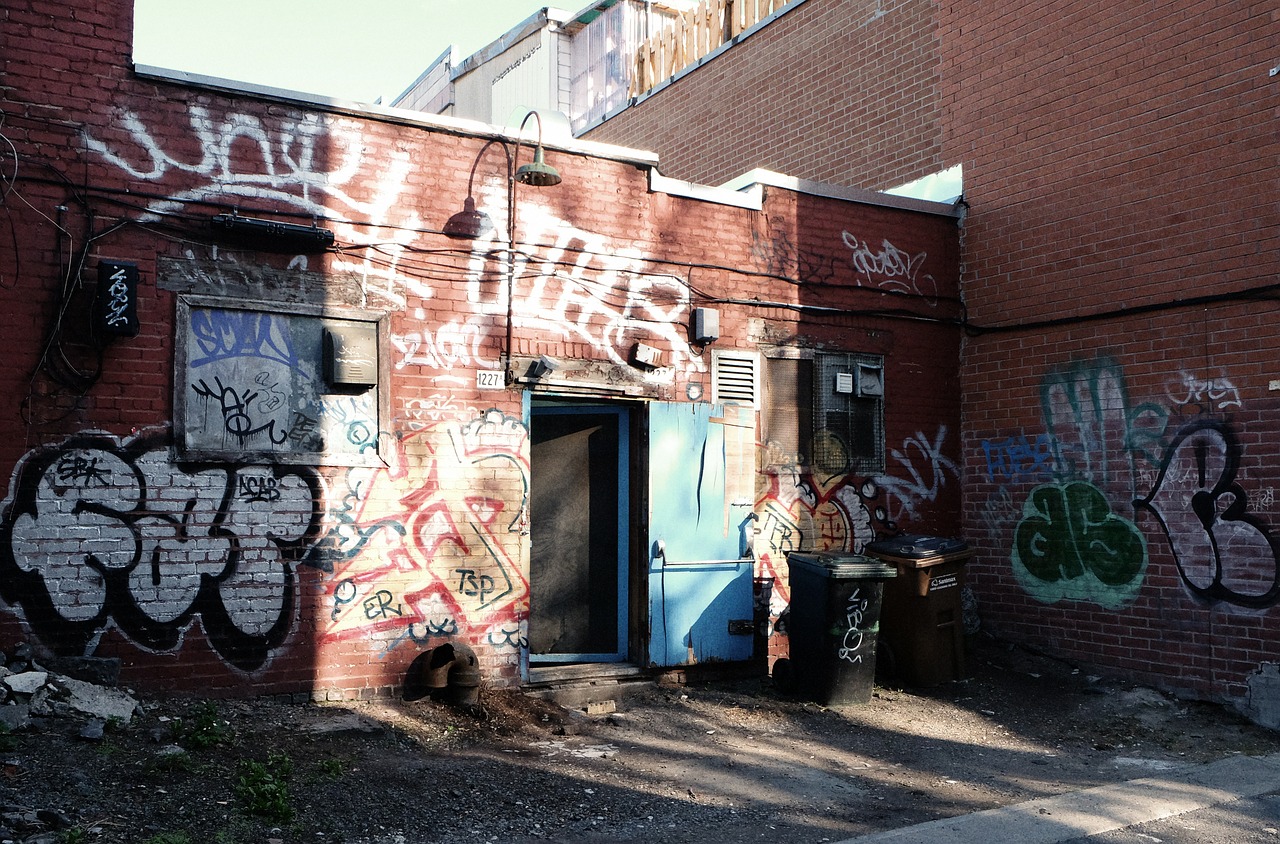
Debt, burnout, declining reimbursements are some of the issues new radiologists need to face. But, yes, the hits keep on coming. Now, new radiologists also have to contend with a potential loss of the Backdoor Roth IRA. Again your future has just become murkier.
Right now, in Congress, Senators and representatives are duking it out over taxes and how to raise money for a multi-trillion-dollar spending bill. One of the line items on the agenda is the cancellation of the Backdoor Roth IRA, as the public perceives it as a tool for the rich to save on taxes. So, what exactly is a Backdoor Roth IRA, and how will this affect you? And, most importantly, what you can do to help to stop it.
What Is A Backdoor Roth IRA?
Let’s first start with what a Roth IRA is. A Roth IRA, which many of you know, is a post-tax account that accumulates tax-free for the rest of your life. Most residents should put as much into this account right now while they have a low salary and are underneath the income limits. The Roth account allows any future earning on this money to grow tax-free in perpetuity, even when your income climbs as an attending.
A Backdoor Roth IRA is also a Roth IRA. But most radiologists cannot put money into a Roth IRA directly because there are income limitations (you need to make below 140,000 as a single filer and 208,000 as a married filer in 2021).
However, there has been a loophole. Any high-income earner can first put money into a Traditional nondeductible IRA and immediately convert it to a Roth IRA. Now, you essentially have the same Roth IRA as any earner below the limits has.
Why Is/Was It Such A Great Option For Radiologists?
I have been using this savings vehicle since we were allowed to start in 2010. It has allowed for outsized tax-free earnings on money that I have put in the account. Not having this account would have significantly negatively impacted my savings. It is truly one of the last tax breaks for high-earning professionals like radiologists.
Because of the power of compounding, the younger you are, the more beneficial the account is. So, any resident should be concerned about Congress eliminating this Backdoor Roth IRA because it impacts you more than someone like me who has already been depositing into this account for years.
Moreover, you never had to pay another dime of taxes on the money you put inside the account. Granted, at present, it is only 6000 dollars per individual or 12,000 dollars for a couple. But, that number rapidly increases over time with the tax-free earnings and rising yearly contributions pegged to inflation. Over the long run, it was an excellent tool for avoiding tax drag on your accounts.
Finally, some radiologists may be in a high tax bracket when they retire because they may have most of their savings in 401k type accounts. It allowed for some money not to be taxed and hedged your bet about future taxes and earnings on your withdrawals.
What Can You Do Prevent Congress From Cancelling The Backdoor Roth IRA?
Every radiology resident should be writing to their congressman and asking them to refrain from canceling the bill. You have so much debt. You don’t start earning real money until late in life. And, you have been taking on the burden of Covid. I see this as a stab in the back for all future high-earning physicians. Of course, radiology residents are not a large bloc of citizens. But, every person counts. So, consider writing to your congressman to add to the lobbying in your congressional districts!









